Nestled in the heart of Australia, the Australian Capital Territory (ACT) is renowned for its rich biodiversity and striking landscapes. In recent years, concerted efforts have been made to reintroduce native species to the national parks in this region. This initiative not only aims to restore balance to local ecosystems but also to preserve the natural heritage of the area for future generations. Join us as we explore the fundamental aspects of this significant conservation effort.
Understanding the Need for Reintroduction
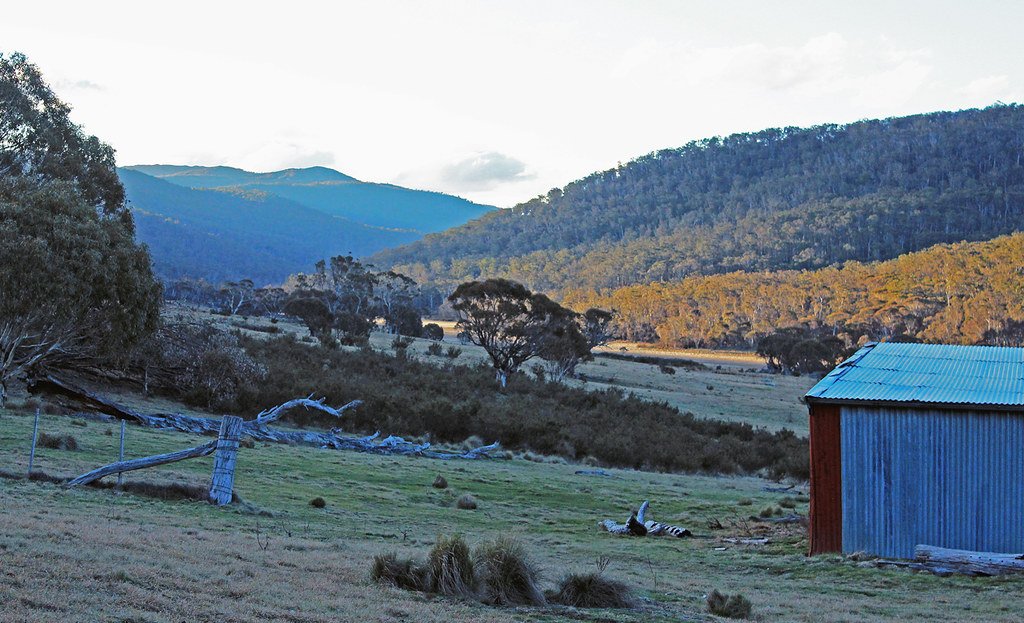
The impact of human activities, coupled with environmental changes, has led to the decline of several native species in ACT’s national parks. Habitat destruction, the introduction of non-native species, and climate change have contributed to this loss. The reintroduction initiative seeks to reverse these effects by re-establishing stable populations of native species in their original habitats, thereby enhancing biodiversity and ecosystem health.
Key Players in the Initiative

Several organizations and governmental bodies have come together to support the reintroduction of native species. These include local environmental groups, the ACT Parks and Conservation Service, and scientific research institutions. Collaboration and expertise from various fields are essential for the success of this endeavor, enabling a comprehensive approach to conservation.
Targeted Species for Reintroduction
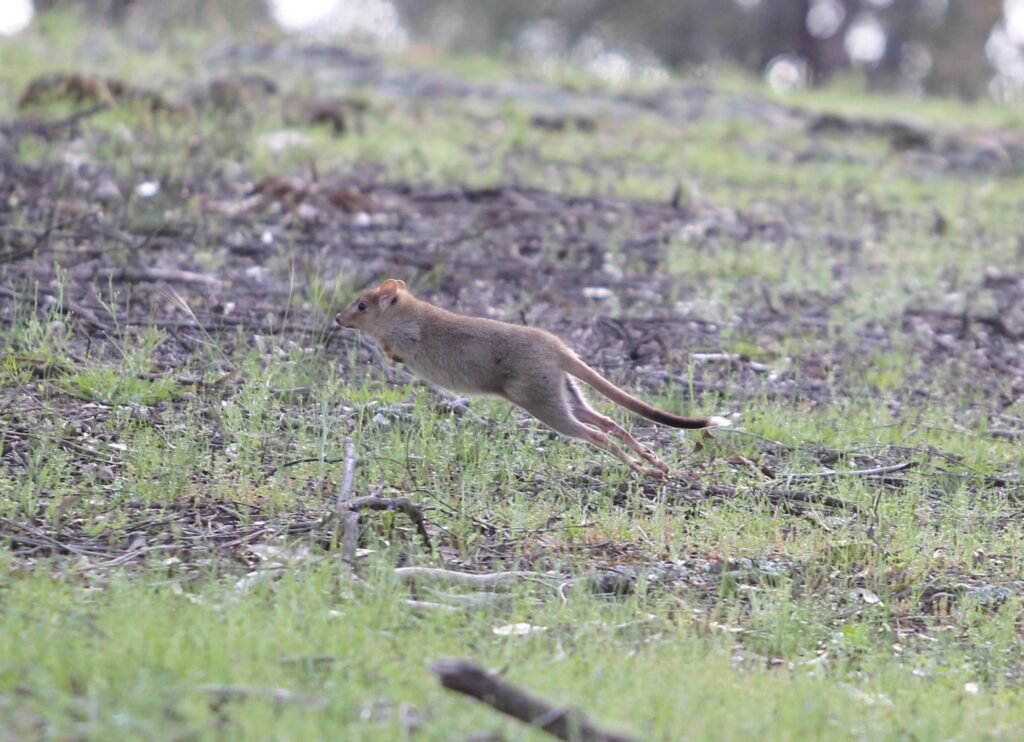
The reintroduction program focuses on several key species that were once prevalent in the region. Among them are the Eastern Bettong, the Bush Stone-curlew, and the Spotted-tailed Quoll. Each of these species plays a vital role in maintaining the ecological balance of their respective ecosystems, making their return crucial for environmental restoration.
The Process of Reintroduction
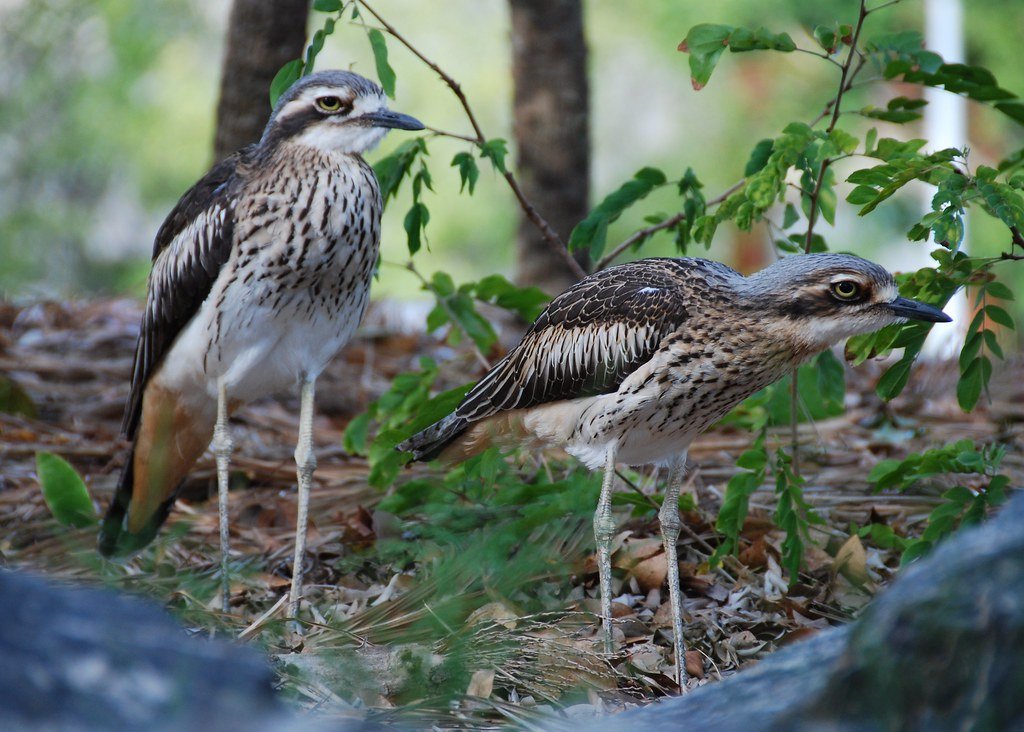
The reintroduction process involves careful planning and execution. Initially, comprehensive studies are conducted to understand the habitat requirements and threats faced by the targeted species. Following this, suitable habitats are identified and restored if necessary. The actual reintroduction involves the release of individuals into these prepared environments, followed by continuous monitoring to ensure their adaptation and survival.
The Role of Community Engagement
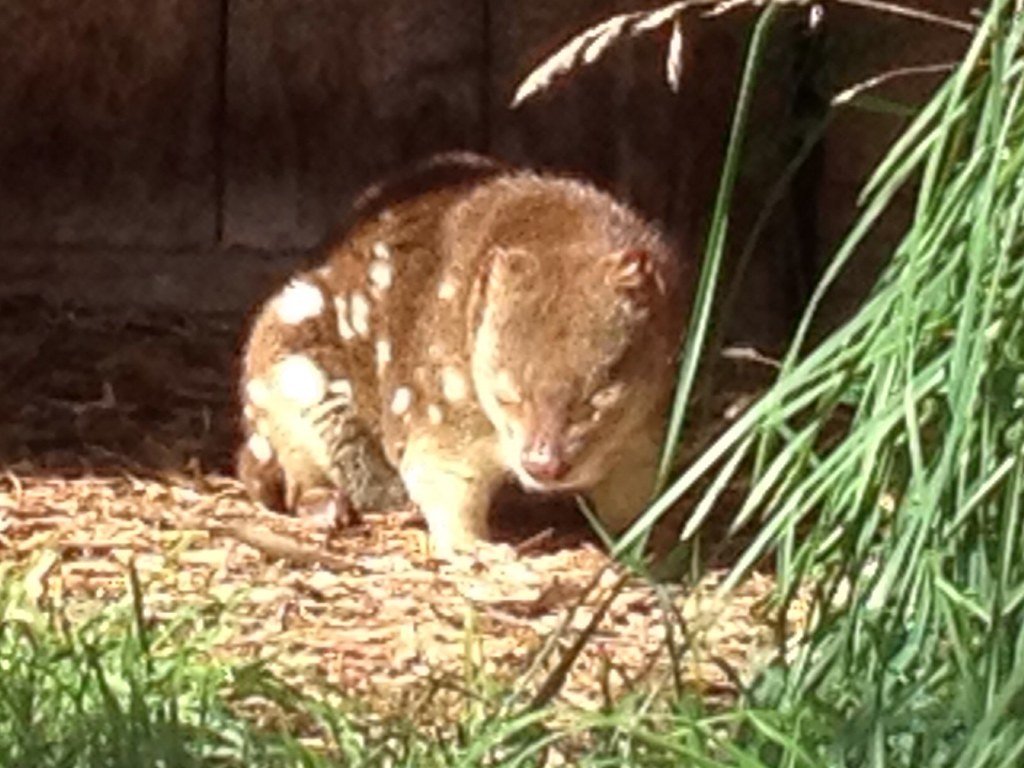
Community involvement is a cornerstone of the reintroduction efforts in ACT’s national parks. Local communities are encouraged to participate in conservation activities, educational programs, and citizen science initiatives. This engagement fosters a sense of stewardship and ensures that the broader community supports and contributes to the success of the reintroduction projects.
Challenges Faced in Reintroduction Efforts

Despite the careful planning, the reintroduction of native species is not without its challenges. Factors such as predation by invasive species, diseases, and the genetic diversity of the reintroduced populations can significantly affect the outcomes. Overcoming these obstacles requires adaptive management strategies and ongoing research to address emerging issues effectively.
The Importance of Monitoring and Evaluation

Post-reintroduction monitoring is critical to assess the health and viability of the reintroduced populations. Regular evaluations help identify potential problems, allowing for timely interventions. This process is essential not only for the success of individual projects but also for refining future reintroduction strategies and enhancing the overall efficacy of conservation efforts.
Long-term Ecological Benefits
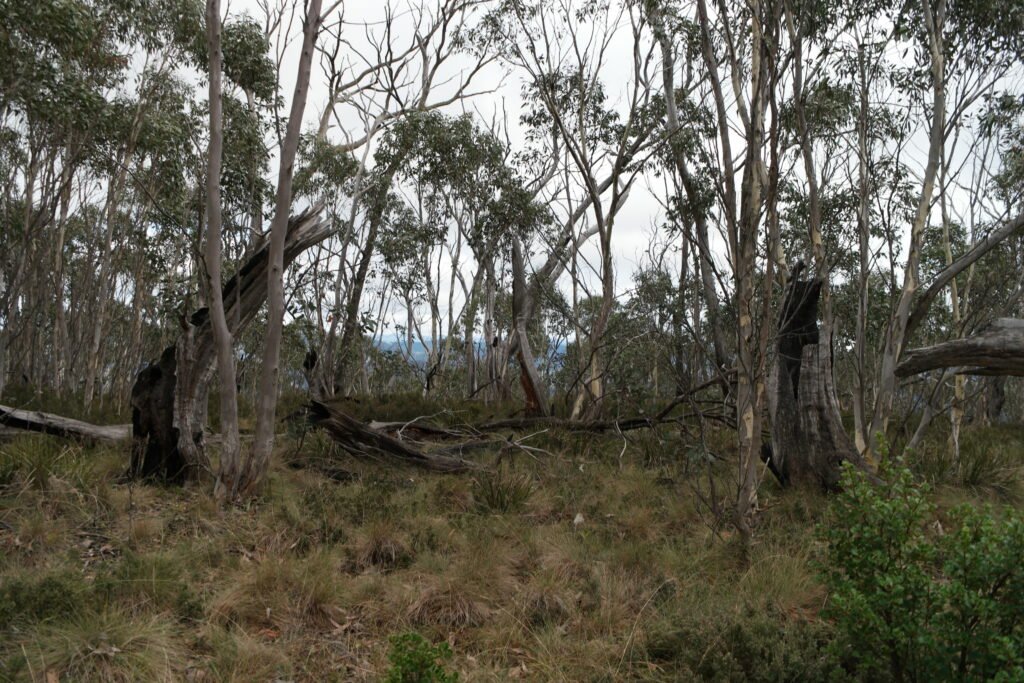
Successful reintroduction projects yield extensive ecological benefits. Native species act as integral components of their ecosystems, contributing to processes such as seed dispersal, pest control, and nutrient cycling. Their presence helps restore ecological processes that stabilize and enrich habitats, leading to increased resilience against environmental changes.
Looking Towards the Future
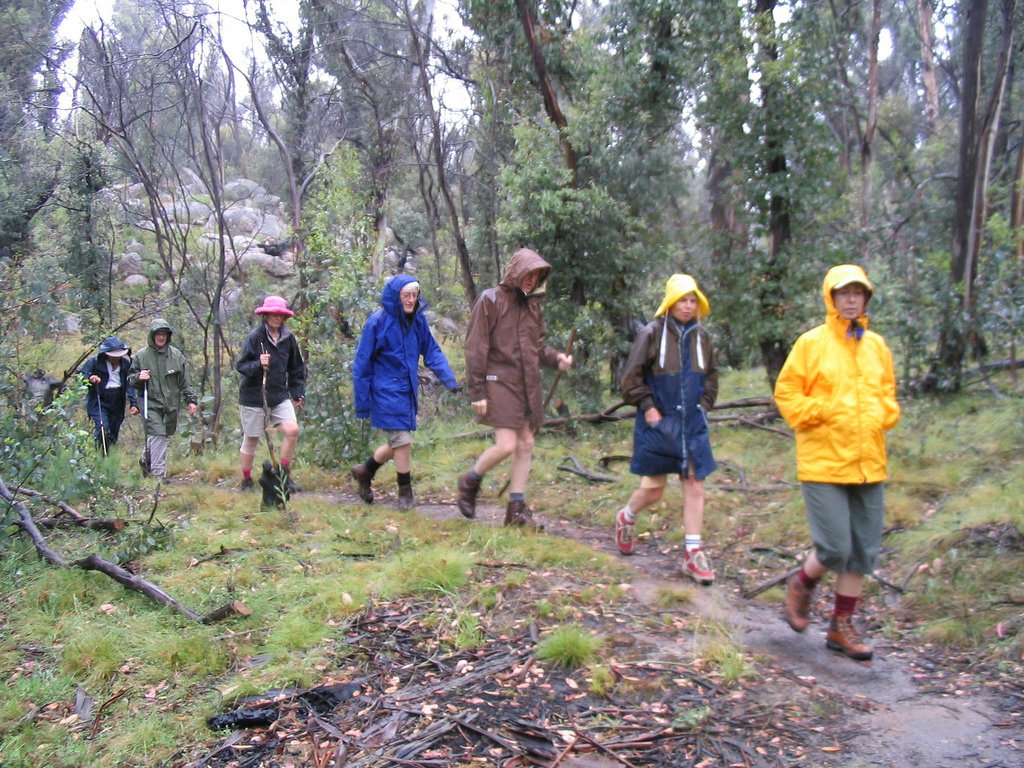
The reintroduction of native species in the ACT’s national parks is an ongoing journey marked by successes and learning opportunities. As these efforts continue, they pave the way for more comprehensive conservation strategies that can be applied nationwide. The ultimate goal is a harmonious coexistence between humans and nature, ensuring that future generations inherit a thriving natural world.
Conclusion
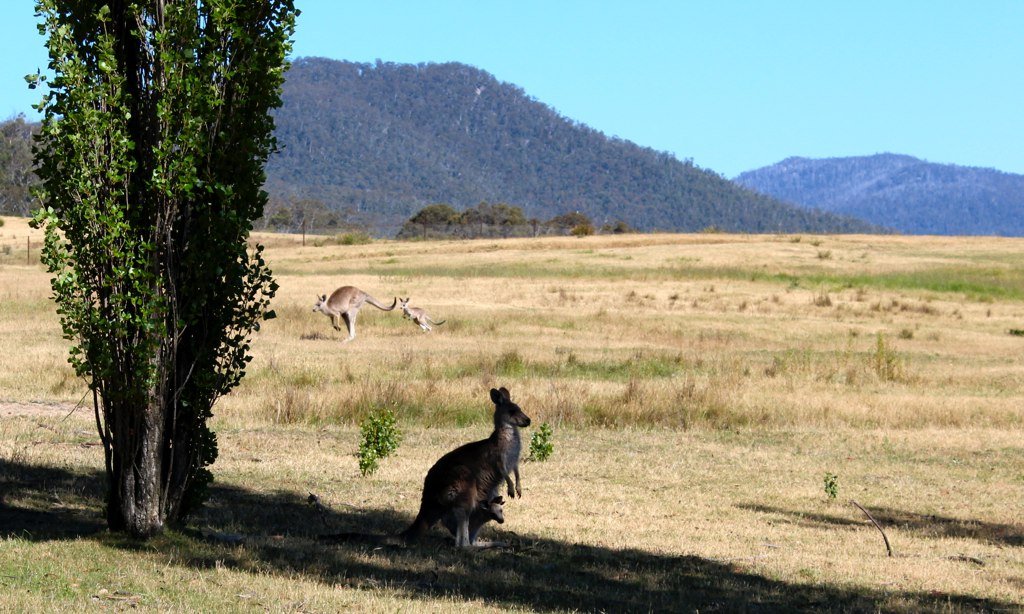
The reintroduction of native species to the ACT’s national parks is a visionary undertaking that underscores the importance of biodiversity and ecosystem restoration. Through collaboration, research, and community involvement, this initiative not only strives to protect the natural heritage of the region but also sets a precedent for conservation efforts elsewhere. By championing the return of these native species, the ACT is taking a significant step towards ecological sustainability and resilience.




